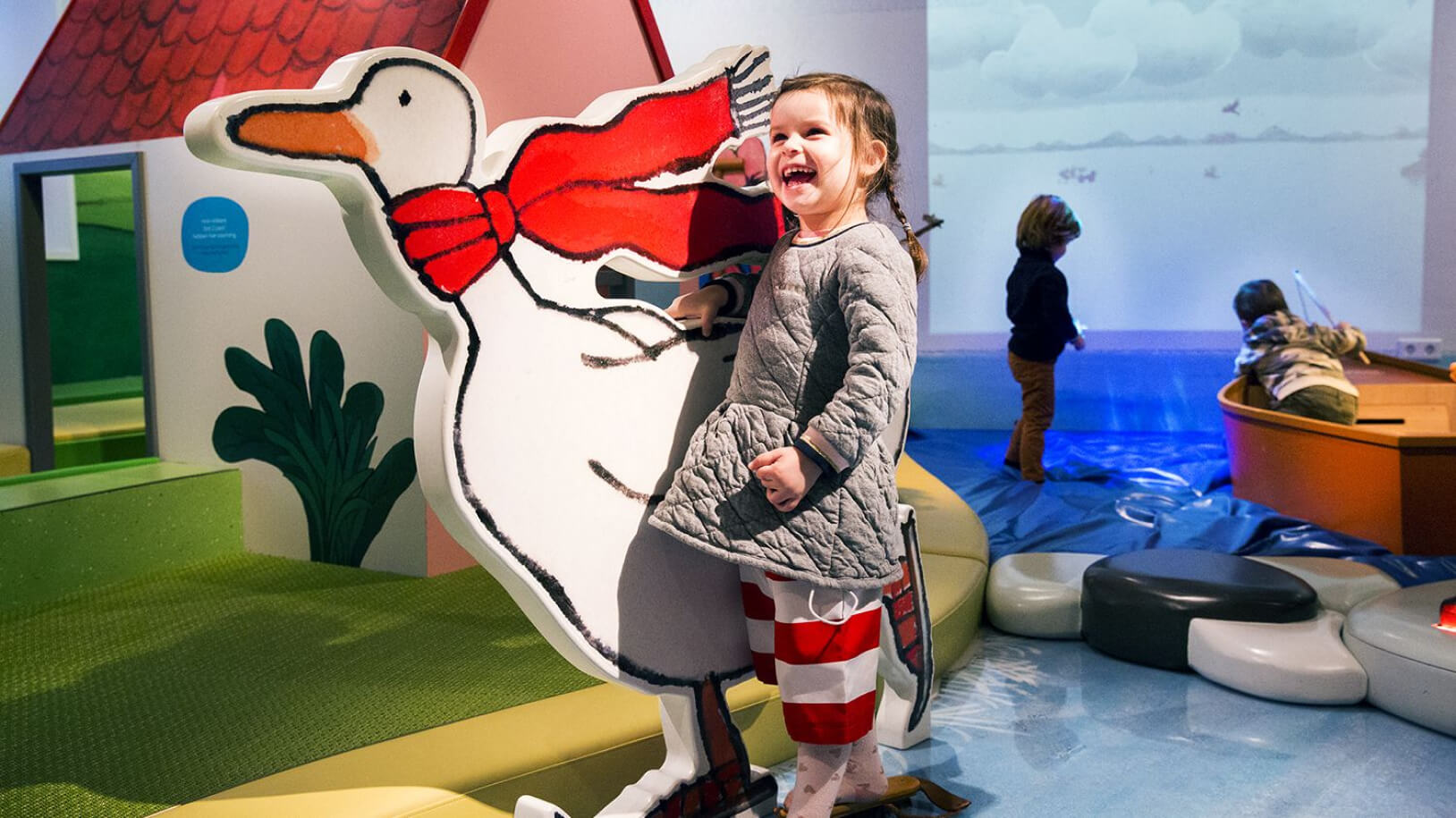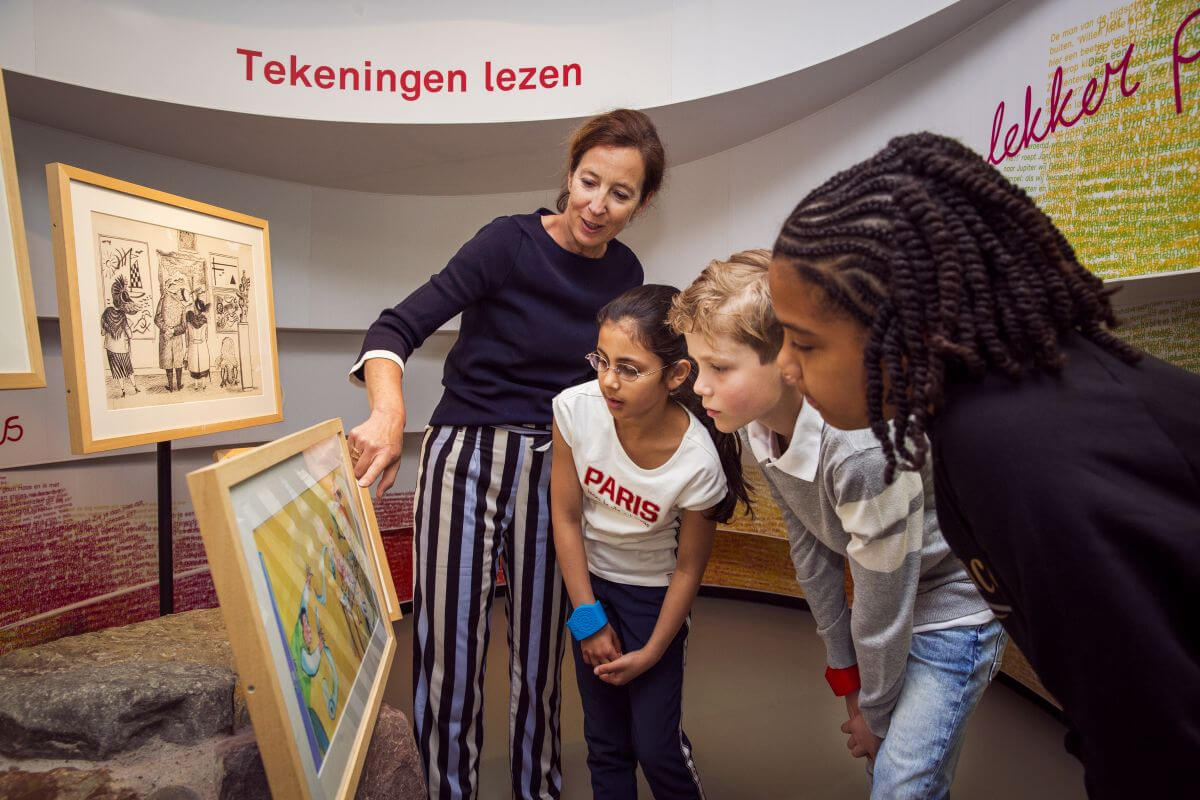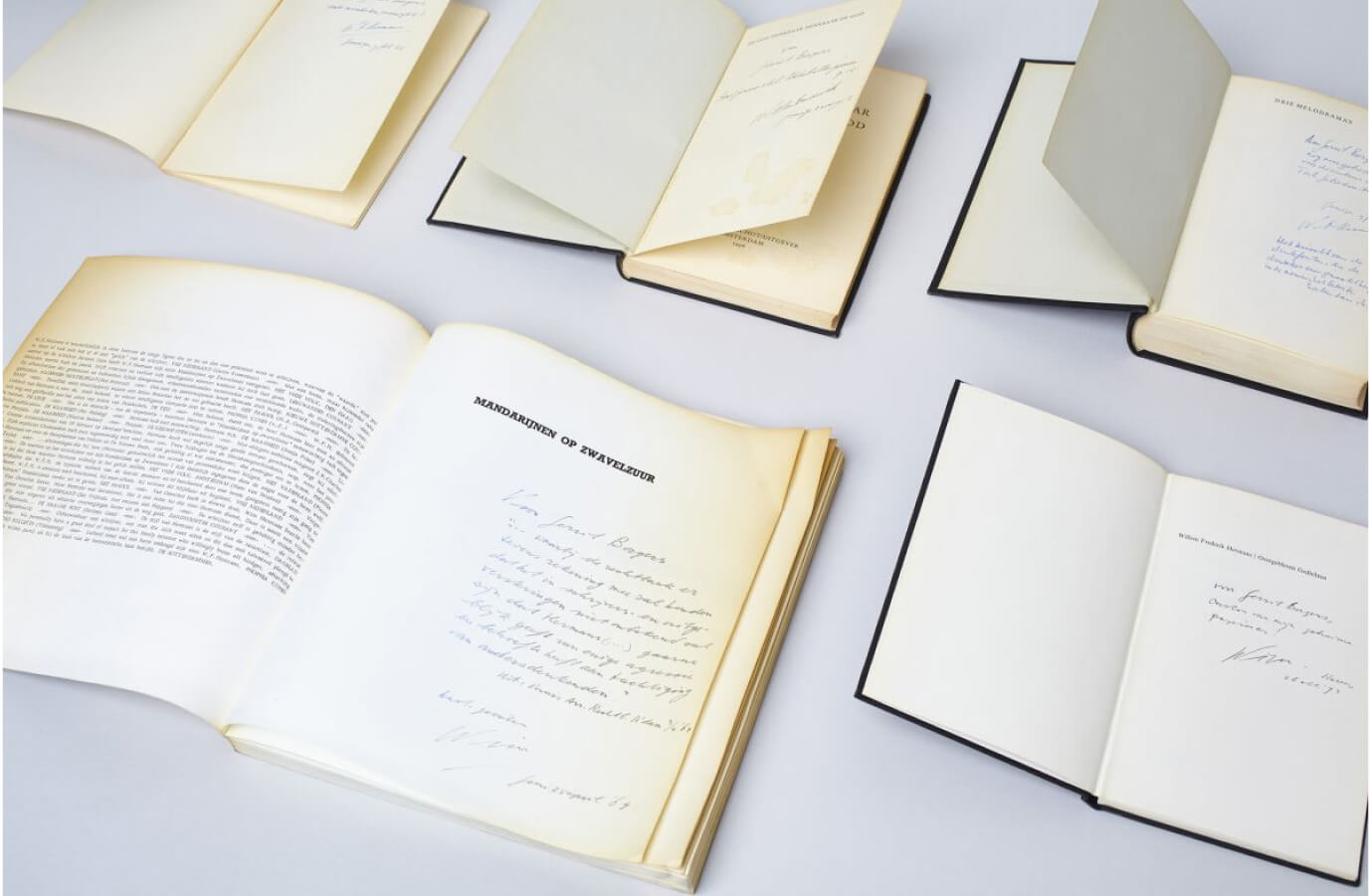She also donated eight pages of the manuscript of Eerst grijs, dan wit dan blauw (First grey, then white then blue) (1992); unfortunately no more of this novel has been preserved in handwriting. Earlier, a portrait of Margriet de Moor, which her husband Heppe de Moor painted of her around 1980, was added to the collection.
Anne van den Dool immersed herself in the manuscript of De Kreutzer Sonata and wondered in an article on Literatuurmuseum.nl (in Dutch) where the boundary lies between language and music.
Margaret de Moor
Margriet de Moor is a celebrated writer whose work has been translated into 24 languages. The author is also a gifted musician. At a young age she devoted herself to piano studies and later solo singing at the Royal Conservatory with a specialization in modern music. This, according to connoisseurs, left a mark on her writing. ‘In many of her stories you will not find factual descriptions from an omniscient narrator, but rather subjective impressions, delays and accelerations, which are recognizable as the literary equivalents of tempo changes and modulations,’ Van den Dool writes about this. In the article on Literatuurmuseum.nl she elaborates on similarities between different disciplines and the combination of multiple talents in one person, in this case De Moor.
Collection of The Musuem of Literature
The Museum of Literature manages the literary treasury of the Netherlands. Almost all Dutch writers and illustrators are represented with manuscripts, letters, children's book illustrations, painted and drawn portraits, photographs and many other unique documents and objects. Thanks to many acquisitions, the size of the collection increases every year. Archive material often comes from legacies, but it also happens that writers themselves decide to donate (part of) their archive to the museum. In addition to De Moor, for example, Ilja Leonard Pfeijffer also donated his writers' archive to the museum last year.




.jpg)